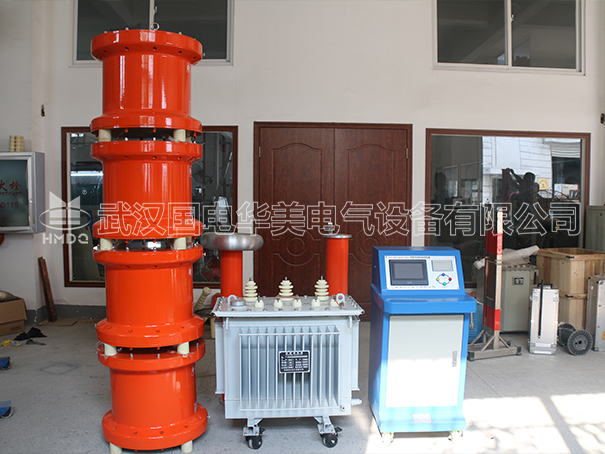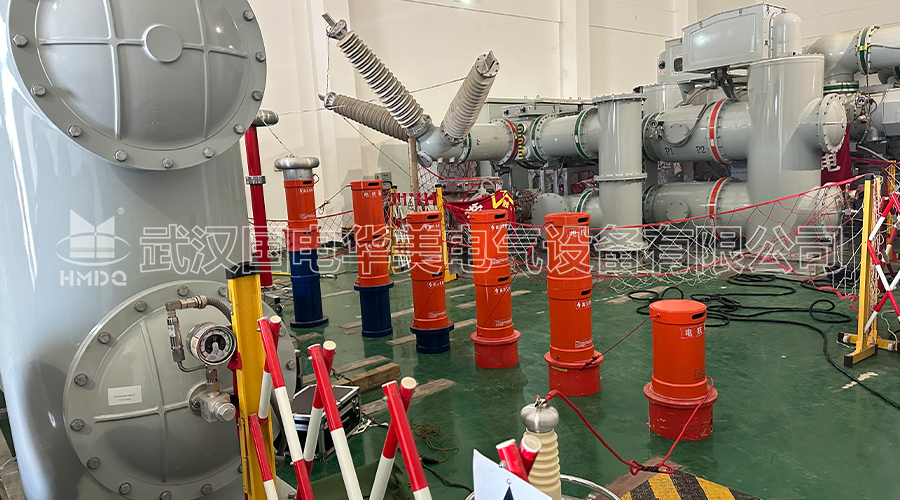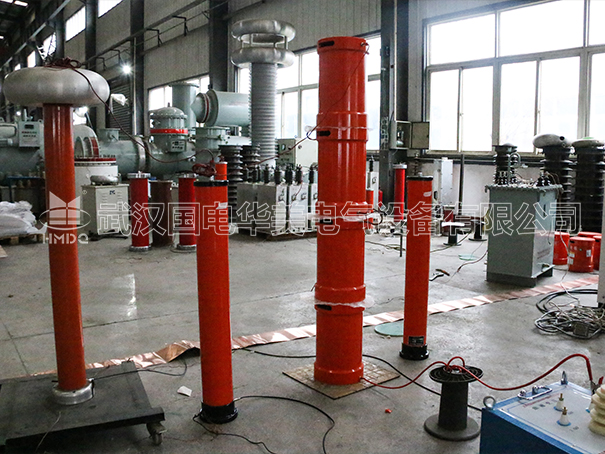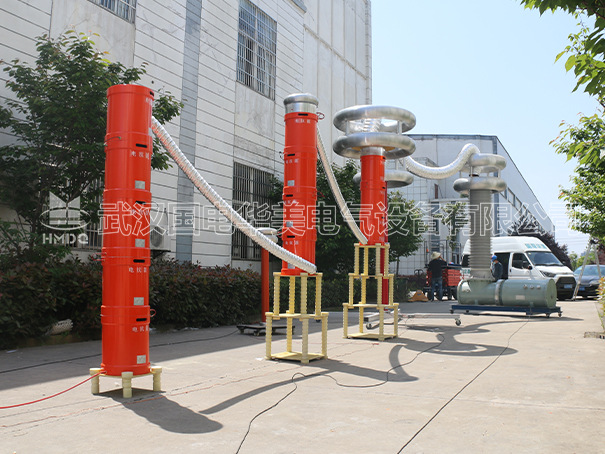What are the hazards of non sinusoidal waves to AC voltage withstand tests

The Hazards of Non-Sinusoidal Waves in AC Dielectric Testing
Introduction:AC dielectric testing is a crucial process used to assess the insulation strength and integrity of electrical equipment.This test involves applying a high voltage AC signal to the equipment under test and measuring the resulting leakage current.However,when non-sinusoidal waves are introduced into the testing process,it can lead to various hazards and compromises the accuracy and reliability of the test results.This essay aims to explore the dangers associated with non-sinusoidal waves in AC dielectric testing.
Body:
Distortion of Voltage and Current Waveforms:Non-sinusoidal waves,such as square waves or pulses,deviate from the smooth sinusoidal waveforms typically encountered in AC systems.These waveforms contain higher harmonic components,which can distort the voltage and current waveforms during the dielectric test.This distortion alters the electrical stress distribution within the equipment,leading to inaccurate measurements and potentially masking insulation weaknesses.Consequently,the ability to accurately assess the insulation performance is compromised,jeopardizing the safety and reliability of the tested equipment.
Increased Stress on Insulation:Non-sinusoidal waves introduce rapid voltage and current transitions,resulting in higher rates of change and increased stress on the insulation system.Insulation materials are designed to withstand the relatively slow variations of sinusoidal waves,but they may exhibit different behaviors when exposed to non-sinusoidal waveforms.The increased stress can cause partial discharges,corona effects,and even flashovers,which can damage the insulation and compromise the overall integrity of the equipment.Moreover,the presence of higher harmonic components in non-sinusoidal waves can exacerbate these effects,leading to accelerated insulation degradation.
Inaccurate Leakage Current Measurements:AC dielectric testing relies on accurate measurements of the leakage current flowing through the insulation.Non-sinusoidal waves introduce harmonics that can interfere with the measurement process,making it challenging to distinguish the leakage current from the harmonic components.This interference can result in errors in the measurement,leading to incorrect assessments of the insulation performance.Consequently,the detection of potential insulation weaknesses or faults becomes unreliable,posing a significant safety risk in operational conditions.
Compatibility Issues:Non-sinusoidal waves may not accurately represent the actual operating conditions of electrical equipment.Most equipment operates under sinusoidal AC power,and the behavior of insulation under non-sinusoidal waveforms may differ significantly from its behavior under normal operating conditions.Therefore,using non-sinusoidal waves during dielectric testing may not reflect the real-world stresses experienced by the equipment,leading to inaccurate evaluations of its insulation performance.This lack of compatibility further undermines the reliability and effectiveness of the dielectric test.
Conclusion:
Non-sinusoidal waves pose significant hazards to AC dielectric testing.The distortion of voltage and current waveforms,increased stress on insulation,inaccurate leakage current measurements,and compatibility issues all compromise the accuracy and reliability of the test results.To ensure the safety and reliability of electrical equipment,it is essential to conduct dielectric testing using sinusoidal waves that accurately represent the operating conditions.By adhering to this practice,potential insulation weaknesses and faults can be effectively identified,mitigating risks and ensuring the longevity of electrical systems.
Body:
Distortion of Voltage and Current Waveforms:Non-sinusoidal waves,such as square waves or pulses,deviate from the smooth sinusoidal waveforms typically encountered in AC systems.These waveforms contain higher harmonic components,which can distort the voltage and current waveforms during the dielectric test.This distortion alters the electrical stress distribution within the equipment,leading to inaccurate measurements and potentially masking insulation weaknesses.Consequently,the ability to accurately assess the insulation performance is compromised,jeopardizing the safety and reliability of the tested equipment.
Increased Stress on Insulation:Non-sinusoidal waves introduce rapid voltage and current transitions,resulting in higher rates of change and increased stress on the insulation system.Insulation materials are designed to withstand the relatively slow variations of sinusoidal waves,but they may exhibit different behaviors when exposed to non-sinusoidal waveforms.The increased stress can cause partial discharges,corona effects,and even flashovers,which can damage the insulation and compromise the overall integrity of the equipment.Moreover,the presence of higher harmonic components in non-sinusoidal waves can exacerbate these effects,leading to accelerated insulation degradation.
Inaccurate Leakage Current Measurements:AC dielectric testing relies on accurate measurements of the leakage current flowing through the insulation.Non-sinusoidal waves introduce harmonics that can interfere with the measurement process,making it challenging to distinguish the leakage current from the harmonic components.This interference can result in errors in the measurement,leading to incorrect assessments of the insulation performance.Consequently,the detection of potential insulation weaknesses or faults becomes unreliable,posing a significant safety risk in operational conditions.
Compatibility Issues:Non-sinusoidal waves may not accurately represent the actual operating conditions of electrical equipment.Most equipment operates under sinusoidal AC power,and the behavior of insulation under non-sinusoidal waveforms may differ significantly from its behavior under normal operating conditions.Therefore,using non-sinusoidal waves during dielectric testing may not reflect the real-world stresses experienced by the equipment,leading to inaccurate evaluations of its insulation performance.This lack of compatibility further undermines the reliability and effectiveness of the dielectric test.
Conclusion:
Non-sinusoidal waves pose significant hazards to AC dielectric testing.The distortion of voltage and current waveforms,increased stress on insulation,inaccurate leakage current measurements,and compatibility issues all compromise the accuracy and reliability of the test results.To ensure the safety and reliability of electrical equipment,it is essential to conduct dielectric testing using sinusoidal waves that accurately represent the operating conditions.By adhering to this practice,potential insulation weaknesses and faults can be effectively identified,mitigating risks and ensuring the longevity of electrical systems.




